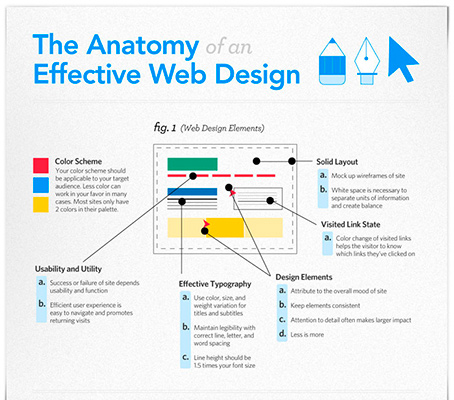Interested In Discovering Exactly How Internet Site Style Has Altered For Many Years? Discover The Progression From Basic, Simple Designs To User-Centered Methods That Focus On The Needs And Preferences Of On-Line Site Visitors
Interested In Discovering Exactly How Internet Site Style Has Altered For Many Years? Discover The Progression From Basic, Simple Designs To User-Centered Methods That Focus On The Needs And Preferences Of On-Line Site Visitors
Blog Article
Produced By-Asmussen Singer
In the past, web sites were simple and focused on info. Navigation was straight, and design was for desktops. Now, individual experience is key. Information guides layouts for simple navigating. Responsive formats suit different gadgets. Today, dark setting minimizes pressure, and minimalist food selections boost navigating. Interactive attributes involve customers, and strong visuals stick out. AI integration boosts engagement. See just how layout has actually progressed to enhance your on the internet journey.
Very Early Days of Website Design
In the very early days of web design, simplicity preponderated. Web sites were fundamental, with limited colors, typefaces, and formats. The focus was on providing info instead of fancy visuals. Individuals accessed the net via slow dial-up connections, so speed and performance were essential.
Navigation menus were straightforward, normally located at the top or side of the page. go now were made for desktop computers, as mobile browsing wasn't yet widespread. Web content was king, and designers prioritized simple readability over complex design components.
HTML was the primary coding language made use of, and designers had to function within its restraints. Computer animations and interactive functions were marginal compared to today's requirements. Internet sites were fixed, with little vibrant content or individualized user experiences.
Surge of User-Focused Design
With the advancement of website layout, a shift towards user-focused style principles has ended up being increasingly noticeable. Today, creating sites that focus on customer experience is crucial for engaging site visitors and achieving service objectives. User-focused style entails comprehending the requirements, choices, and habits of your target market to tailor the internet site's layout, material, and features accordingly.
Designers currently perform complete study, such as customer surveys and functionality screening, to gather understandings and comments directly from users. This data-driven approach helps in developing instinctive navigation, clear calls-to-action, and aesthetically enticing user interfaces that resonate with visitors. By placing the user at the center of the layout process, websites can deliver an extra individualized and delightful experience.
Responsive style has also become a crucial facet of user-focused layout, making sure that web sites are enhanced for various tools and display dimensions. This adaptability enhances access and functionality, accommodating the diverse means customers connect with internet sites today. Basically, the rise of user-focused style represents a change in the direction of creating electronic experiences that prioritize the needs and assumptions of the end customer.
Modern Trends in Web Design
Explore the most recent trends shaping web design today. One famous trend is dark setting layout, providing a streamlined and modern-day look while minimizing eye pressure in low-light atmospheres. One more crucial trend is minimal navigating, simplifying food selections and enhancing customer experience by concentrating on essential elements. Integrating micro-interactions, such as computer animated buttons or scrolling results, can produce an extra appealing and interactive web site. Receptive design stays important, making certain seamless individual experiences throughout numerous devices. Additionally, making use of bold typography and asymmetrical formats can add aesthetic passion and accentuate certain web content.
Incorporating AI technology, like chatbots for consumer assistance or personalized suggestions, enhances customer engagement and simplifies processes. Accessibility has additionally become a substantial pattern, with designers focusing on inclusive design techniques to satisfy varied individual requirements. Embracing sustainability by maximizing web site performance for rate and effectiveness is an additional arising fad in website design. Teaming up with user comments and data analytics to iterate and boost layout continuously is vital for staying appropriate in the ever-evolving digital landscape. By welcoming these modern-day fads, you can develop a visually attractive, easy to use website that reverberates with your target market.
Verdict
As you assess the development of site layout from the very early days to now, you can see how user-focused style has actually become the driving force behind contemporary fads.
Embrace google search engine optimization cost of modification and adaptation in website design, constantly keeping the customer experience at the center.
Remain current with the current trends and modern technologies, and never stop evolving your method to develop aesthetically magnificent and user-friendly internet sites.
Evolve, adapt, and produce - the future of website design remains in your hands.
